
The Hobbit: An Unexpected Journey
The Hobbit: An Unexpected Journey has hit cinemas worldwide, captivating audiences and showcasing the exceptional New Zealand landscapes used to illustrate Middle-earth.
New Zealand is well-loved by filmmakers, including The Hobbit Trilogy director Peter Jackson, for its huge diversity of accessible and dramatic landscapes.
The crew for The Hobbit Trilogy spent ten weeks on the road filming in 40 different locations throughout the North and South Islands. The three films in the Trilogy - The Hobbit: An Unexpected Journey, The Hobbit: The Desolation of Smaug and The Hobbit: There and Back Again - were shot simultaneously.
From wandering through the lush green countryside at Hobbiton Movie Set in Matamata in the North Island, to flying over dramatic waterfalls and cliff tops in Fiordland National Park on the South Island’s west coast, the films show that New Zealand has a Middle-earth experience for everyone.
At home with Hobbits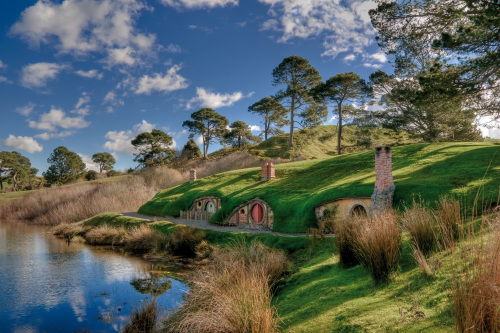 Image: Ian Brodie
Image: Ian Brodie
Fans of The Hobbit film can begin their journey through ‘Middle-earth’ in the same way that Bilbo did, at Hobbiton Movie Set Tours, near the farming town of Matamata in the Waikato region.
The set was first used for The Lord of the Rings Trilogy, and was re-built for The Hobbit Trilogy, this time out of permanent materials so it could remain open as a tourist attraction.
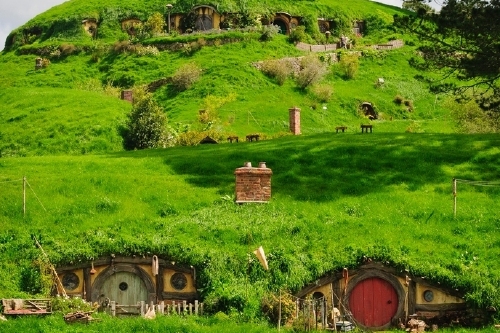 Image: Ian Brodie
Image: Ian Brodie
Hobbiton Movie Set Tours now take tour groups around the forty-four Hobbit holes every 15 – 30 minutes, seven days a week.
Tourists can enjoy an in-depth Middle-earth experience – peering over a Hobbit’s front gate to see if anyone’s at home, dancing under the party tree, or swigging back a beer at The Green Dragon pub.
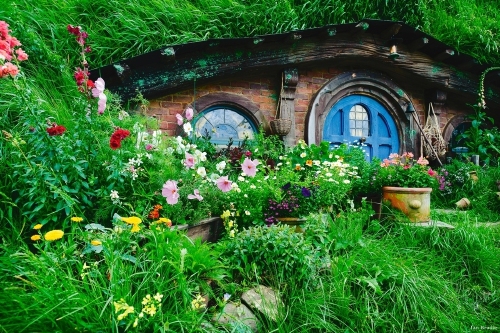 Image: Ian Brodie
Image: Ian Brodie
Waitomo – King Country
Across to the west of the Waikato region, filmmakers discovered what was to be the perfect location for the continuing journey of Bilbo and The Company.
The looming cliffs, unusual limestone rock formations and prehistoric forest at Mangaotaki Rocks, Piopio looked almost as if they had been created specifically for the film and Supervising Location Manager Jared Connon described the area as “truly like another world”.
 Image: Jared Connon
Image: Jared Connon
Mangaotaki Rocks provided the location for Staddles Farm and Trollshaw Forest Rocky Hillside where a number of scenes were shot including The Company arriving at a destroyed farmhouse, the exit from the Troll Hoard Cave, Gandalf bestowing Sting upon Bilbo, Radagast’s arrival and the Gundabad Wargs & Orcs attack.
Filming took place on a family farm just 45kms from Waitomo and the ancient subterranean caves famous for glowworms and black water rafting. Three generations of the family live on the farm and they assisted The Hobbit Trilogy filmmakers by altering their farming practice to allow paddocks to grow wild in order to create the right look for the “Edge of Trollshaw Forest”.
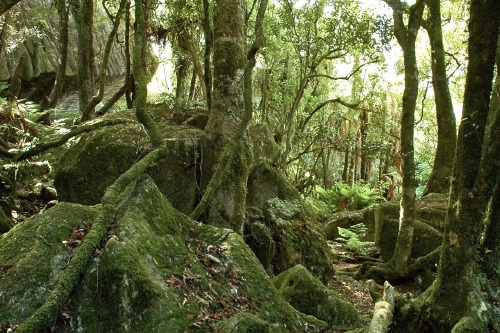 Image: Jared Connon
Image: Jared Connon
Locals in the Waitomo area moved out of their homes to accommodate crew during filming and Connon says members of the community were some of the most generous people he’s ever worked with in New Zealand.
Visitors can choose from a number of attractions and adventures a the unique Waitomo Caves including easy walking cave tours, abseiling, rock climbing and black water rafting thrills. New Zealand’s highest cave abseil descends 100 metres into the ‘Lost World’.
A Whanganui River Journey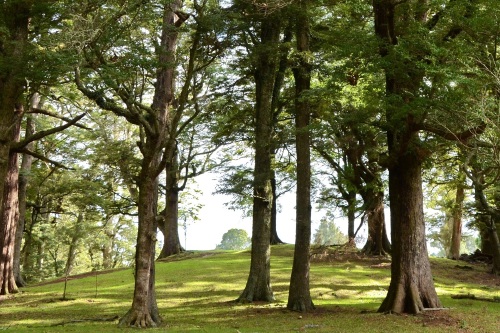 Image: Jared Connon
Image: Jared Connon
While the exact location used for The Hobbit: An Unexpected Journey is on a private farm, tourists can experience the stunning landscapes around Ohakune in the central North Island Ruapehu region, with a variety of tourism products.
Yeti Tours run kayaking trips down the Whanganui River from Mt Ruapehu (used for the “slopes of Mordor” in The Lord of the Rings Trilogy) to the Tasman Sea. On this overnight trip visitors can immerse themselves in nature, and spend a night in the wilderness surrounded by native birds including kiwi.
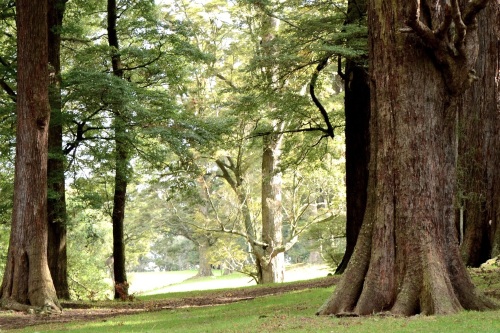 Image: Jared Connon
Image: Jared Connon
Or, if sitting back in front of a log fire with a wine in hand is more appealing, tourists can spend an evening or three at the Powderhorn Chalet, in Ohakune, where cast and crew stayed during filming.
The cultural significance of this region to New Zealand’s indigenous Maori people was not lost on The Hobbit Trilogy cast and crew. Martin Freeman (Bilbo) said the Central Plateau was his favourite location - “….it’s one of those sort of archetypal kiwi places that you think, god, New Zealand has such amazing places”.
Nelson’s sunny scenes
Moving down to the tip of the South Island, on the north-western coast is Nelson, New Zealand’s sunniest region, which provided the backdrop for several locations in The Hobbit Trilogy.
Although only the private property of Kaihoka Station at Western Golden Bay features in The Hobbit: An Unexpected Journey, visitors can still get a good feel for the filming location with Cape Farewell Horse Treks.
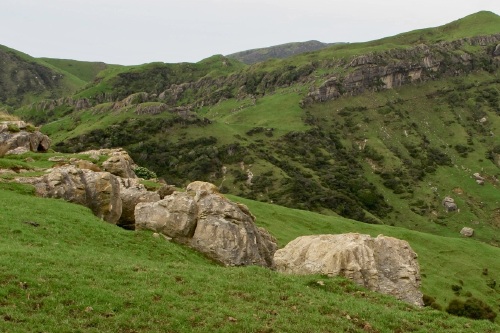 Image: Jared Connon
Image: Jared Connon
It’s possible to ride across private farmland to the dramatic cliff top where The Company continue their journey along steep and rocky ridges (used for Weatherhills Trees & Rocks) which offers spectacular coastal views over Golden Bay.
The filmmakers were drawn to the region because of its proximity to Wellington (a 20 min flight) and the diverse landscape which ranges from golden sandy bays and unspoilt national parks to rugged peaks and unique rocky outcrops.
It was the stunning pinnacle rock formations at Mt Owen, in Kahurangi National Park, that director Peter Jackson chose for Dimrill Dale in The Lord of the Rings Trilogy. Visitors can fly over the area with Reid Helicopters, who also flew for both movie trilogies and helped scout locations within the region.
Kiwi farm experience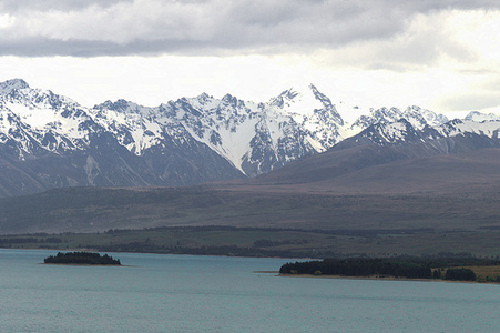 Image: Arbron, Flickr
Image: Arbron, Flickr
Braemar Station at Lake Pukaki – in the Mount Cook Mackenzie region – was used in The Hobbit: An Unexpected Journey to portray epic scenic shots, the Warg Chase and approach to Rivendell.
The property was also used for the forest slopes of Misty Mountains where The Company escapes from inside the mountains.
Visitors can stay at the station (as The Hobbit Trilogy crew members did), and enjoy activities including helping out on the farm, fishing, bike riding, or a quiet picnic by the lake.
Hiking heaven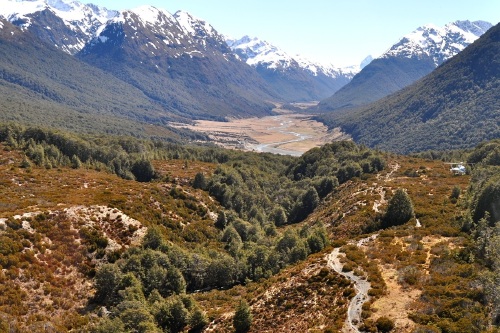 Image: Clayton Tikao
Image: Clayton Tikao
Known for its exceptional natural beauty, Queenstown in the South Island is a popular base for some of the world’s best hiking experiences, including Pass Burn Track on the Mavora Walkway – one section of New Zealand’s national walkway Te Araroa which travels the length of the country.
Passburn was used for the approach to Misty Mountains in The Hobbit: An Unexpected Journey and the film location is on land owned by New Zealand’s Ngai Tahu Maori tribe and managed by the Department of Conservation – but has public access.
The hiking route offers a three- to four-day walk, through varied landscapes of mountains, lakes, beech forest and tussock country.
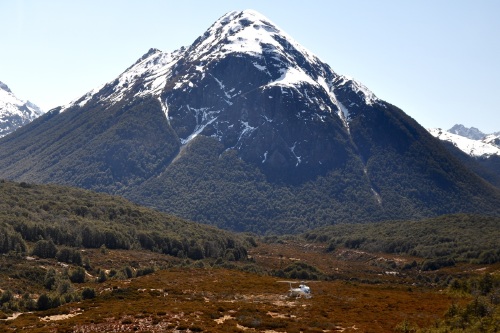 Image: Clayton Tikao
Image: Clayton Tikao
Tourists can also take to the skies with a local helicopter company, such as Heliworks or Glacier Southern Lakes Helicopters, who flew for cast and crew during filming.
Other locations for The Hobbit: An Unexpected Journey in the Queenstown Region include Mararoa Saddles at Lake Wakatipu described as ‘Wildlands- Prologue’ where Thorin leads the dwarf refugees onwards.
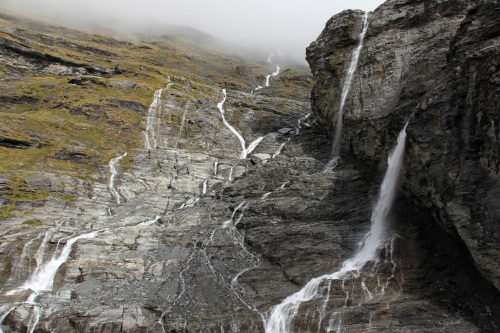 Image: Dan Hennah
Image: Dan Hennah
And the dramatic scenes of ‘Misty Mountain Paths’ where The Company trek below a majestic waterfall then along sub alpine bluffs towards the Misty Mountains – were shot at Earnslaw Burn a short helicopter flight from Queenstown and said to be a definite favourite of Peter Jackson.
A sheer wall of granite rising 800m from the basin floor with a monumental glacier cascading from the top of the cliff forms ice caves below – which melt during summer to create dozens of waterfalls.
Bird’s eye view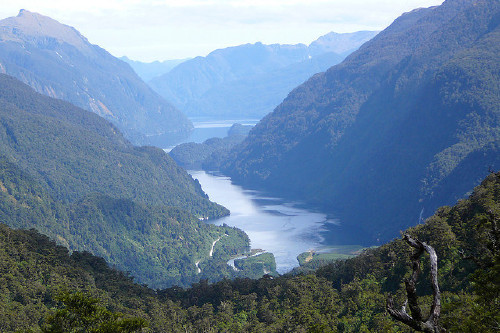 Image: dan taylor, Flickr
Image: dan taylor, Flickr
Fiordland National Park is another location used in The Lord of the Rings films that has been revisited in The Hobbit Trilogy for some epic scenic shots.
‘Wild Country’ was the description given for the scenes where the eagles are soaring and Carrock Summit was the location where the eagles deliver The Company to the summit.
Visitors can take a helicopter flight into the wilderness region with numerous tour companies such as Real Journeys, which offers a tour option of a landing in Milford or Doubtful Sounds, and a cruise through the fiords for an intimate experience of spectacular waterfalls and wildlife like pods of playful dolphins.
Queenstown and the Southern Lakes region is ranked at #8 by international travel authority Lonely Planet for its year-round activities and spectacular scenery.
A snowy end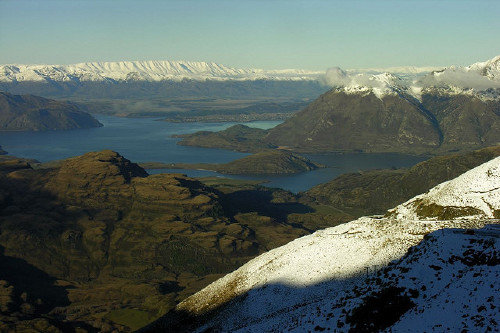 Image: Jo Munday, Flickr
Image: Jo Munday, Flickr
Tourists may choose to finish their Middle-earth adventure in the ski resort town of Wanaka, 40 mins drive from Queenstown.
Treble Cone Ski Area was used as ‘Misty Mountain pathways’ for The Hobbit: An Unexpected Journey, and is a world-class ski field renowned for its off-piste terrain and unrivalled views across Lake Wanaka and the Central Otago region.
The ski field is abuzz during winter months but, with the longest vertical run in New Zealand’s Southern Alps, the slopes have plenty of room for all to enjoy.
Alpine Peaks in the Wanaka region was also described as ‘Wild Country’ for film 1 and provided the backdrop for eagles soaring.
Epic landscapes Central Otago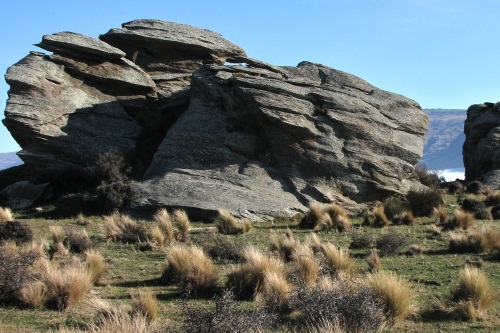 Image: Jared Connon
Image: Jared Connon
Two further locations –Klifden Station in Ida Valley and Hartfield at Middlemarch in Central Otago - also provided epic landscapes for The Hobbit: An Unexpected Journey where the Orcs and Wargs hunt The Company.
Middlemarch, a small town of 165 residents, is located in the Strath Taieri valley 80km north west of Dunedin and is flanked by the spectacular Rock and Pillar Range to the west. Locals pride themselves on good old fashioned, down-to-earth hospitality which cast and crew experienced when they stayed in the region during filming.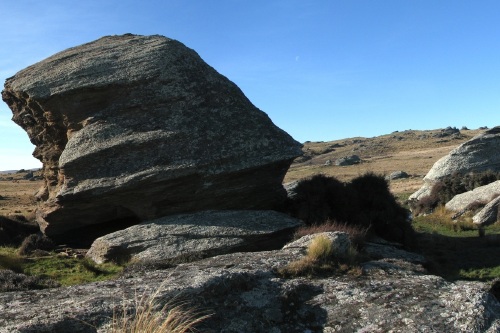 Image: Jared Connon
Image: Jared Connon
Schist rocks dominate the landscape and the region boasts a unique inland salt lake, known as Sutton Salt Lake. The Taieri Gorge train is a novel way to get to the area and Middlemarch is a good set off point for the popular Otago Central Rail Trail – New Zealand’s longest and most successful cycling trail.
The 150km trail follows the route of the former Otago Central Railway and has been developed so that horse riders, mountain bikers and walkers can experience the majestic scenery as the early settlers of this region did.
For more information about New Zealand’s extensive vacation options, log onto the 100% Pure New Zealand website at www.NewZealand.com.
Read our film review of The hobbit: An Unexpected Journey and tell us what you think of the movie and locations in the comments below, or tweet us @FemaleFirst_UK
FemaleFirst
Tagged in The Hobbit Travel New Zealand


